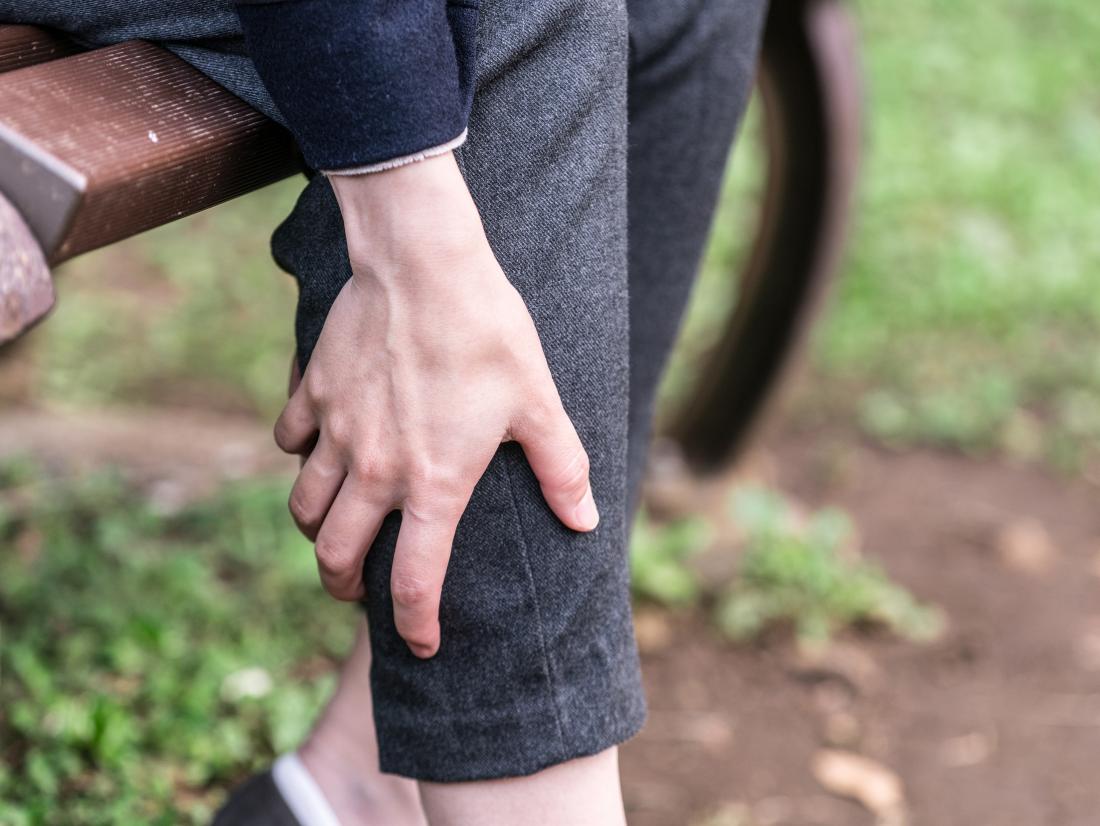Exfoliating Products for Butt Keratosis Pilaris: What Beauticians Should Know
As a professional beautician, understanding the intricacies of skin conditions is crucial for offering comprehensive care to your clients. One such condition that may often come up in your practice is keratosis pilaris (KP), particularly on the buttocks. Known colloquially as 'chicken skin,' this condition can be a source of discomfort and self-consciousness for many individuals. Fortunately, there are effective exfoliating products for butt keratosis pilaris that can help manage and alleviate its symptoms.
Keratosis pilaris is a common skin condition characterized by small, rough bumps that can appear on various parts of the body, including the buttocks. These bumps occur when keratin, a protein that protects the skin, builds up and blocks hair follicles. This often results in patches of rough, bumpy skin.

Understanding Keratosis Pilaris
Before delving into the specifics of exfoliating products, it's important to have a clear understanding of what keratosis pilaris is and how it affects the skin. According to MedicineNet, KP is not harmful, but it can be aesthetically displeasing and sometimes itchy.
While the exact cause of KP is unknown, it is believed to be genetic and more prevalent in people with dry skin or eczema. The condition tends to worsen in colder months when skin tends to be drier.
Why Exfoliation is Key
Exfoliation plays a critical role in managing keratosis pilaris as it helps to remove dead skin cells and unclog hair follicles. This process can smooth out the rough texture associated with KP and reduce the appearance of bumps.
For a more in-depth understanding of how exfoliation can benefit KP, you might find this article on using coconut oil for KP useful.
Types of Exfoliants
There are two main types of exfoliants: physical and chemical. Each has its own benefits and can be effective in treating keratosis pilaris.
Physical Exfoliants
Physical exfoliants involve manually scrubbing the skin with an abrasive material to slough off dead skin cells. Examples include exfoliating scrubs with beads or brushes. While effective, it's important to use them gently to avoid irritating the skin further.
Chemical Exfoliants
Chemical exfoliants, on the other hand, use ingredients such as alpha hydroxy acids (AHAs) and beta hydroxy acids (BHAs) to dissolve dead skin cells. These are often preferred for keratosis pilaris because they can penetrate deeper into the skin and provide a more even exfoliation.
Recommended Exfoliating Products
When recommending exfoliating products for clients with keratosis pilaris on the buttocks, it's important to consider products that are both effective and gentle.
A popular choice among beauticians is a body wash containing salicylic acid, a BHA that can unclog pores and smooth skin. For a more targeted approach, lotions with lactic acid, an AHA, are also effective. These ingredients can be found in various products reviewed on best lotions for KP.
Application Techniques
Proper application techniques are essential for maximizing the benefits of exfoliating products. Advise your clients to follow these steps:
- Gently apply the product to the affected area using circular motions.
- Start with a small amount to see how the skin reacts.
- Use exfoliating products two to three times a week to prevent over-exfoliation.
Additional Skincare Tips
In addition to exfoliation, here are some tips to help manage keratosis pilaris:
- Moisturize regularly with a hydrating lotion to prevent dryness.
- Avoid hot showers, which can strip the skin of its natural oils.
- Encourage wearing loose-fitting clothes to reduce friction on the skin.
For more detailed tips on managing KP, check out this guide on folliculitis and KP.

Frequently Asked Questions
What causes keratosis pilaris?
While the exact cause is unknown, it's believed to be genetic and related to an overproduction of keratin.
Can keratosis pilaris be cured?
There is no cure, but symptoms can be managed with regular exfoliation and moisturizing.
Are there any side effects to using exfoliating products?
If used correctly, they are generally safe. However, overuse can lead to skin irritation.
Understanding and managing keratosis pilaris requires a combination of the right products and care techniques. By staying informed and recommending effective solutions, you can help your clients achieve smoother skin and greater confidence.

